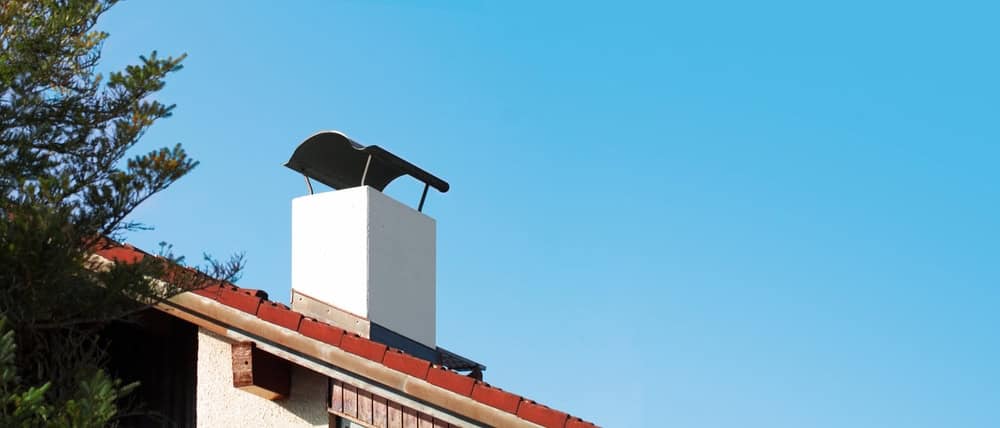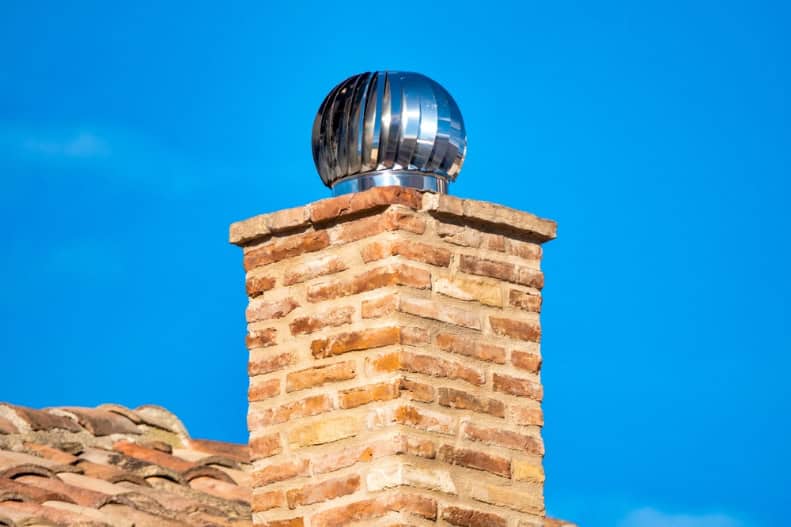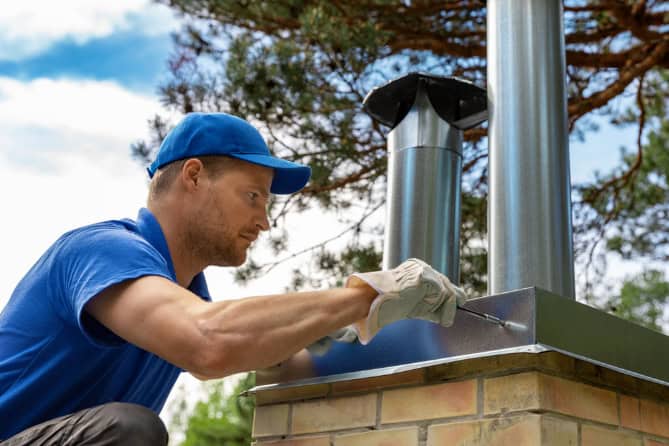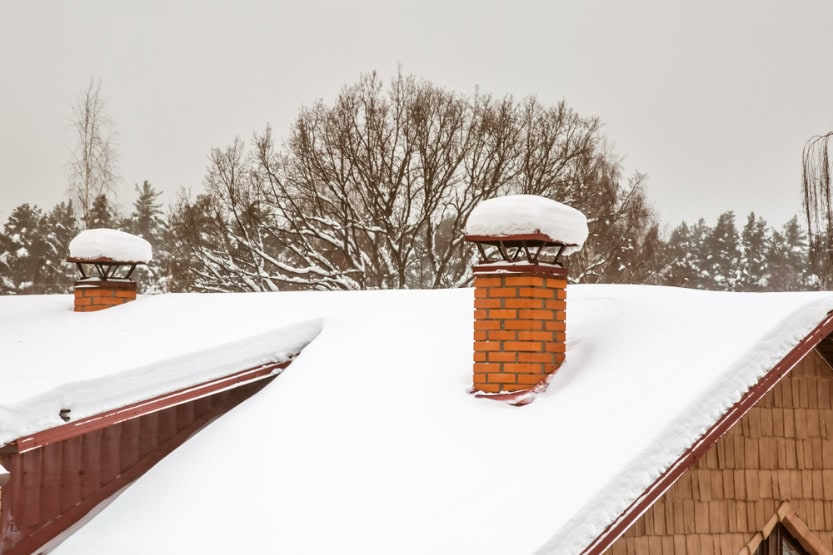Professional chimney cap installation that keeps your home dry and your family safe.

Hear from Our Customers

You won’t worry about water stains on your ceiling anymore. No more surprise repair bills from water damage that could have been prevented with the right chimney cap.
A quality stainless steel chimney cap does more than just sit on top of your chimney. It creates a barrier that keeps Rhode Island’s harsh weather out while allowing proper ventilation for safe operation.
You’ll also stop dealing with animals making nests in your chimney. Squirrels, birds, and other critters can’t get in when you have a properly fitted chimney cover with the right mesh screening.
Certified Chimney Inspections has been serving Cumberland Hill and surrounding Rhode Island communities since 2000. We were formally established in 2016, but our experienced team has been working together for over twenty years.
Every technician holds CSI certification from the Chimney Safety Institute of America. This isn’t just a piece of paper – it means we understand the technical requirements for proper chimney cap installation and replacement.
You’re working with professionals who’ve seen every type of chimney system and know exactly what works in Rhode Island’s coastal climate.

First, we’ll inspect your chimney to determine the exact measurements and assess the current condition. Every chimney is different, so custom fitting is essential for proper protection.
Next, we’ll recommend the right type of stainless steel chimney cap based on your specific setup. Single flue, multiple flue, or full chimney top dampers – each requires different approaches.
Installation happens quickly once the right cap arrives. We secure everything properly and test the fit to ensure weather protection and proper ventilation. You’ll see the difference immediately when the next storm hits.

Ready to get started?
Every chimney cap installation includes precise measurements to ensure a perfect fit. Generic caps from hardware stores often leave gaps that defeat the entire purpose.
Stainless steel construction handles Rhode Island’s salt air and temperature changes without rusting or deteriorating. You won’t need replacement in a few years like you would with cheaper materials.
The mesh screening keeps animals out while allowing proper airflow. Spark arrestors prevent embers from escaping if you use your fireplace regularly. Everything is designed to work together as a complete protection system.
